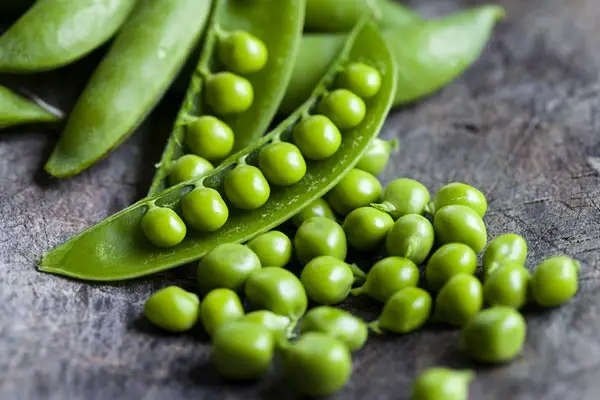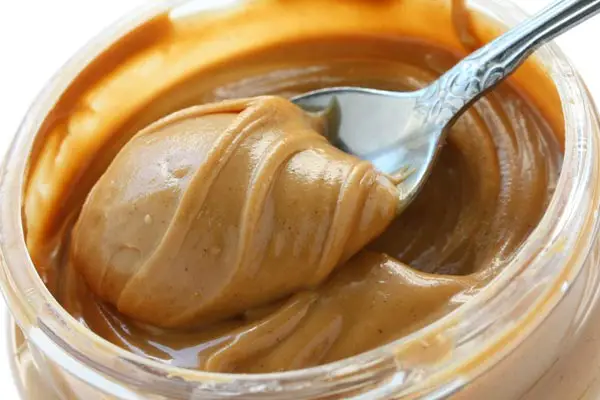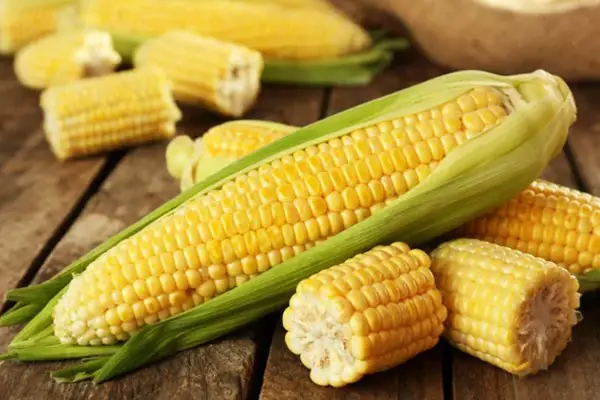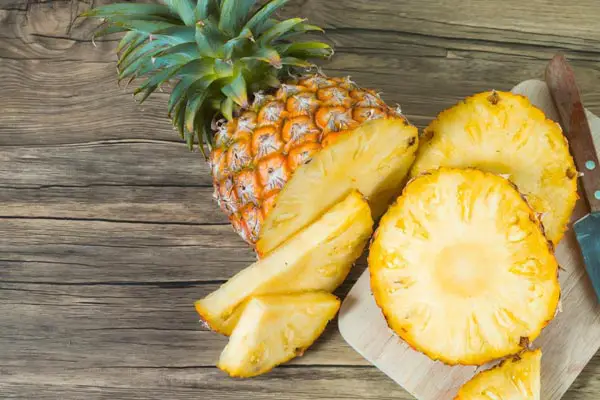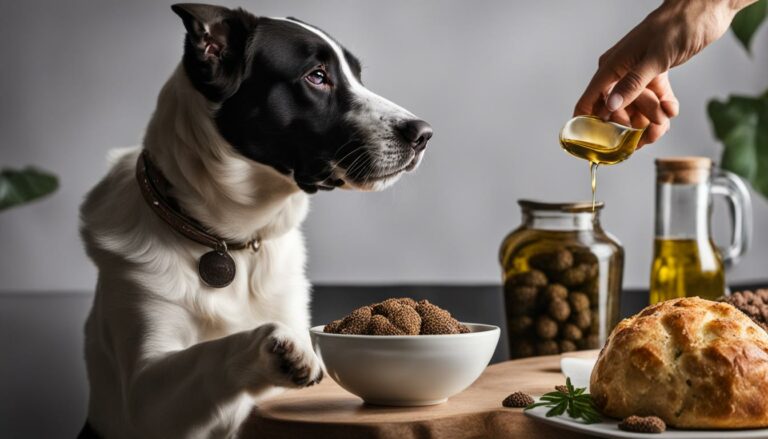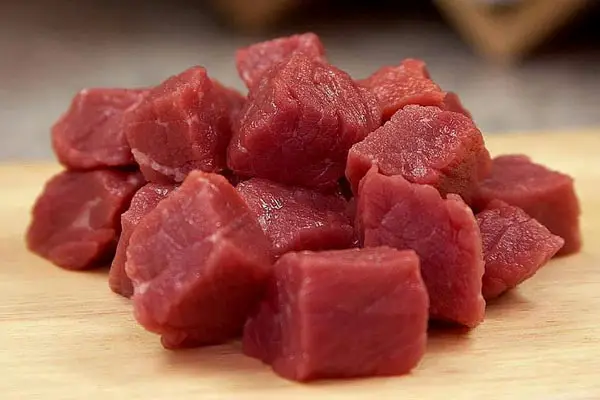Can Peas Be Too Much of A Good Thing for Dogs?
It’s been said our dogs are our best friends. If that’s the case, isn’t it imperative that we feed them more mindfully?
Shouldn’t we want to enrich their diet so much so that they become better able to live a longer, more energetic life by our sides?
As we become more aware of and diligent about the food we feed our cherished pets, a central question keeps arising from pet owners. Should we be feeding our dogs peas?
Your dog comes from a long ancestry of wild hunters
Many of us are currently examining our ancestors’ diets to better tailor our own, to find which foods are designed to best help us function.
Dog owners, for the most part, are doing the same; and in this pursuit, many are finding it very important to remember that our dogs are naturally carnivores.
In the wild, dogs simply only eat vegetation when they are unable to find meat protein, meaning our dogs do not need fruits and vegetables in their diet the same way we do.
In fact, according to Petcha.com, dogs have much shorter digestive systems than we do. Consequently, we get more nutrients out of vegetables than they do.
Peas as a source of valuable vitamins and minerals
Fully understanding that our dogs simply do not need the same quantity of fruits and vegetables that we do, many already realize that peas are an excellent treat.
In fact, according to the American Kennel Club, it is one of the healthiest human-food treats you can give your dog.
In fact, peas are an excellent source of both vitamins and minerals, containing vitamin A, B1, B6, and K, as well as phosphorus and potassium.
Additionally, as noted by Dr. Merliza Cabriles, peas also contain polyphenol, which can help in cancer prevention. Thus, peas are packed with essential nutrients.
How peas can be beneficial for dogs
In addition to these vital minerals and vitamins, peas also are high in fiber and protein, and they possess lutein, an anti-oxidant.
What this means is that peas are useful in maintaining a healthy heart, youthful skin, and high-performing eyesight; all things we want our dogs to possess.
Along with such benefits, according to PetMD, peas, because of their high-fiber content, can additionally help dogs maintain their ideal weight, lower their cholesterol, and prevent constipation; and, due to their high-protein, can even help bolster energy levels.
Even more, according to Dr. Cabriles, peas contain nutrients that better help the immune system to function and help to reduce arthritis symptoms.
Furthermore, the alpha and beta-carotene within peas also help to slow down the aging process, allowing for our dogs to both look and feel younger.
Types of peas dogs can eat
Your dog can eat green peas: snow peas, English peas, and sugar snap peas. What you should be mindful of, however, is whether you feed your dog canned, frozen, or fresh peas.
Fresh peas, as you’ve probably figured, will be the best option for your pet because they contain natural sugars that more easily can be converted into starch. The next best option then would be frozen or thawed peas, so long as salt has not been added.
However, it is not advised to give your dog canned peas because these canned foods do contain sodium, which will not be good for your dogs.
You should also be aware that some frozen peas contain additives and preservatives, which can cause digestive issues for your dog, so you should be mindful of this as well.
How to prepare peas for your dog
When feeding your dogs peas, make sure you are careful with the pods. One way to remember if dogs can eat the pods is to remember that if you can eat it, they can eat it.
Some veterinarians even go so far as to recommend dog owners give their pet the whole pod, as their shape, texture, and size look much like a dog treat, which they say dogs love.
However, before giving your dog the entire pod, you should be aware that pods can pose a choking hazard and should, according to other veterinarians, be cut into edible pieces.
However, when it comes to English garden peas, you will want to shell them first; thus, do not give your dog these pods.
To finish preparing these shelled English garden peas, you can easily boil the peas for about 2 to 4 minutes, or until they turn a bright green. Then, just drain and allow to cool.
For snow and sugar snap peas, you can simply grill them on each side for about three minutes. Depending on your preference, you can choose to use a light coating of olive oil.
There are really many ways to prepare peas for your dog, many more than stated above, from steaming to roasting to even pureeing. In fact, according to Petcha.com, pureeing is the best way for your dog to absorb all the peas’ nutrients.
Of course, you can always give your dog raw peas, but you should be aware of your own unique dog, as many have a hard time digesting raw peas.
And it bears mentioning again, it is imperative that you do not add salt. In fact, you should not feed your dog peas from your table, as you want to avoid salt, onion, garlic, and other seasonings. For this reason, it is best to prepare your dog’s peas separately from your own.
How many peas are allowed in your dog’s diet?
Because of how our furry friends evolved, it is simply not necessary that they ingest a large number of vegetables.
In fact, they don’t need very much at all. This is why peas should be given as a treat only, and not as an abundant part of their diet.
Dr. Cabriles agrees with many other veterinarians that an acceptable serving size for a typical dog would be about one to two pea pods, for snow and sugar snap peas. An acceptable serving of English garden peas would be about one to two tablespoons of shelled peas.
Because all dogs vary in size, however, it is important that you speak to your veterinarian to determine the appropriate serving for your individual dog.
How you should introduce peas into your dog’s diet
One word sufficiently sums up how you should introduce peas into your dog’s diet: gradually. Like everything else you introduce in his diet, you should do so a little at a time, mixing a few peas in his food and adding until you get to the recommended serving size.
Of course, it is important to remember not to introduce more than one new food item at a time. This way, if your dog starts showing signs of a reaction, such as vomiting or diarrhea, you will immediately know the culprit and can remove that food from his diet.
What if my dog has kidney problems?
Because peas contain purines, it is very important that pet owners do NOT give peas to dogs with any kind of kidney issue.
This chemical compound produces uric acid, which is filtered through the kidneys, and too much of this acid can cause kidney stones and worsen any pre-existing kidney problems.
Peas, an ever-popular ingredient in dog food
As consumers become more aware of genetically modified foods, they start making different purchasing choices, and dog owners have not been an exception.
In fact, once many consumers began to understand that most of the corn and wheat products in their dog food had been genetically modified, they voiced concern.
Appropriately, several manufacturers listened to their consumers’ worries of corn being prone to deadly molds and of modified grains carrying great health risks.
For this reason, many dog food manufacturers replaced their starchy grains with starchy vegetables, the most popular being peas.
Peas, indeed, were a natural choice. Grains and corn are starchy materials that help the kibble stick together. With the high amount of starch in peas (410g of starch per KG), peas, too, help keep the kibble together. For companies wanting a grain-free option, peas simply provide the adhesive they need.
Naturally, the popularity of peas in dog food has become controversial. Some experts will espouse that the ingredient is a smart choice included in high-quality dog food. Others, however, warn consumers of the new risks associated with the introduction of peas in dog food.
According to Dr. Jean Dodds, manufacturers are, for the most part, not using the fresh green peas we would imagine, but instead what she calls the lowly and dried pea (Pisum sativum).
Additionally, Dr. Dodds notes that peas are usually found near the top of the ingredient lists on common dog foods, leaving her concerned; for, as we’ve mentioned before, peas should only be a small, limited part of a dog’s diet and not the main ingredient in their dog food.
The truth about lectins
Dr. Dodds and others like her are also concerned about lectins, and peas contain lectins, which are molecules that bind to sugars.
This sticky-quality of lectins can also allow them to bind to the small intestine, which has the potential to lead to serious issues.
Lectin can, according to Dr. Dodds, negatively affect the gut microflora (the good bacteria in our gut) and result in what is termed a “leaky” gut.
Unfortunately, humans and dogs are simply not able to digest lectin without the aid of their “good guy” gut bacteria, and this inability to digest is the reason lectin-rich foods produce much gas.
Aside from gas, though, this inability to digest lectin can cause real issues, as the lectin can sometimes pass through the wall of the gut (hence the term “leaky”) and interfere with the absorption of nutrients.
This breaking of the barrier can also cause the body to initiate an immune response to fight the foreign substance, and this response can lead to symptoms of inflammation, joint pain, and skin rashes.
If lectin continues to break the barrier and produce a prolonged leaky gut, chronic issues can arise. Additionally, too many lectins at once can cause the body to come to its defense through vomiting and diarrhea, all in an effort to forcefully evict the lectins.
Of course, lectins are found in other foods as well, such as grains and corn, which peas have replaced in many brands.
And while lectins have been suspected for years of causing many health issues, dog foods made with peas are no more problematic, in terms of lectin, than those made with grains.
However, as researcher David Jackson explains, people and dogs generally only experience negative side-effects of lectins for the amount of time they are in the body. Once lectins are out of the body, most dogs and humans recover quickly.
But not to be too dismayed yet. Cooking foods with lectin can drastically reduce the negative effects, as lectin concentrations greatly go down when heated at high temperatures.
Furthermore, because peas and other foods with lectin are usually well-cooked in dog good, lectin toxicity is lessened to a great extent.
What about pea protein and pea starch?
Of course, when looking at our dog food ingredients, we should be aware of pea protein and pea starch.
Unfortunately, because companies know you want peas to not be a primary ingredient in your dog’s food, manufacturers will often engage in what is called ingredient splitting.
As Pet Food Reviewer explains, companies will often split an ingredient into its sub-parts so that these sub-parts can be listed lower on the ingredient lists. In fact, on many lists, consumers will find both peas and pea protein, pea flour, or pea starch.
This pea protein is not considered a necessary ingredient; however, very small amounts can greatly boost the overall amount of protein within the food.
This protein is very common in low to mid-grade dog foods. Pea starch, which makes up about 40% of the pea, is used not to boost protein but instead to adhere the kibble together.
So, manufacturers will ingredient split the pea to not only up the amount of protein and increase the adhesion of the kibble but also to under-represent the number of peas within their product.
This level of misleading makes is quite necessary for each dog owner to carefully examine pea content, as well as other ingredients, in their dog food.
Should you make your own dog food or begin feeding your dog a raw diet?
If you want to make sure you incorporate peas into your pet’s diet and want to ensure you are incorporating the right amount, check out this one recipe for homemade, healthy dog food.
Of course, if you want to look more into feeding your dog a raw diet, check out what dog behavior specialist Ryan O’Meara has to say about dogs being able to self-regulate.
As we have mentioned prior, our dogs used to be wild. Their bodies are smart and they know what they need and how much of it. Perhaps it’s time we start letting them show us how intelligent their bodies really are?
